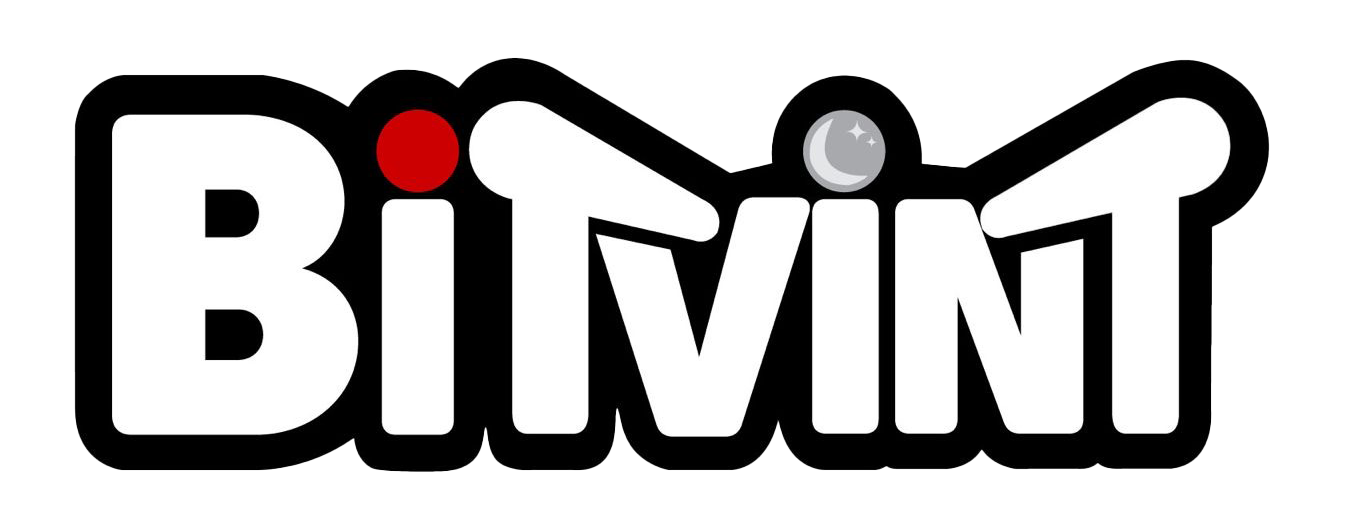Introduction
Released in 1999 by Capcom, Street Fighter III: 3rd Strike is widely regarded as one of the greatest 2D fighting games of all time. As the final iteration of the Street Fighter III series, it refined the mechanics introduced in its predecessors, delivering a deeply strategic gameplay experience with highly technical combat, stunning sprite-based animations, and a diverse character roster.
Despite its initial lukewarm reception in arcades, 3rd Strike gained a dedicated competitive following, culminating in legendary moments in tournament history, including the famous EVO Moment #37 featuring Daigo Umehara’s iconic comeback.
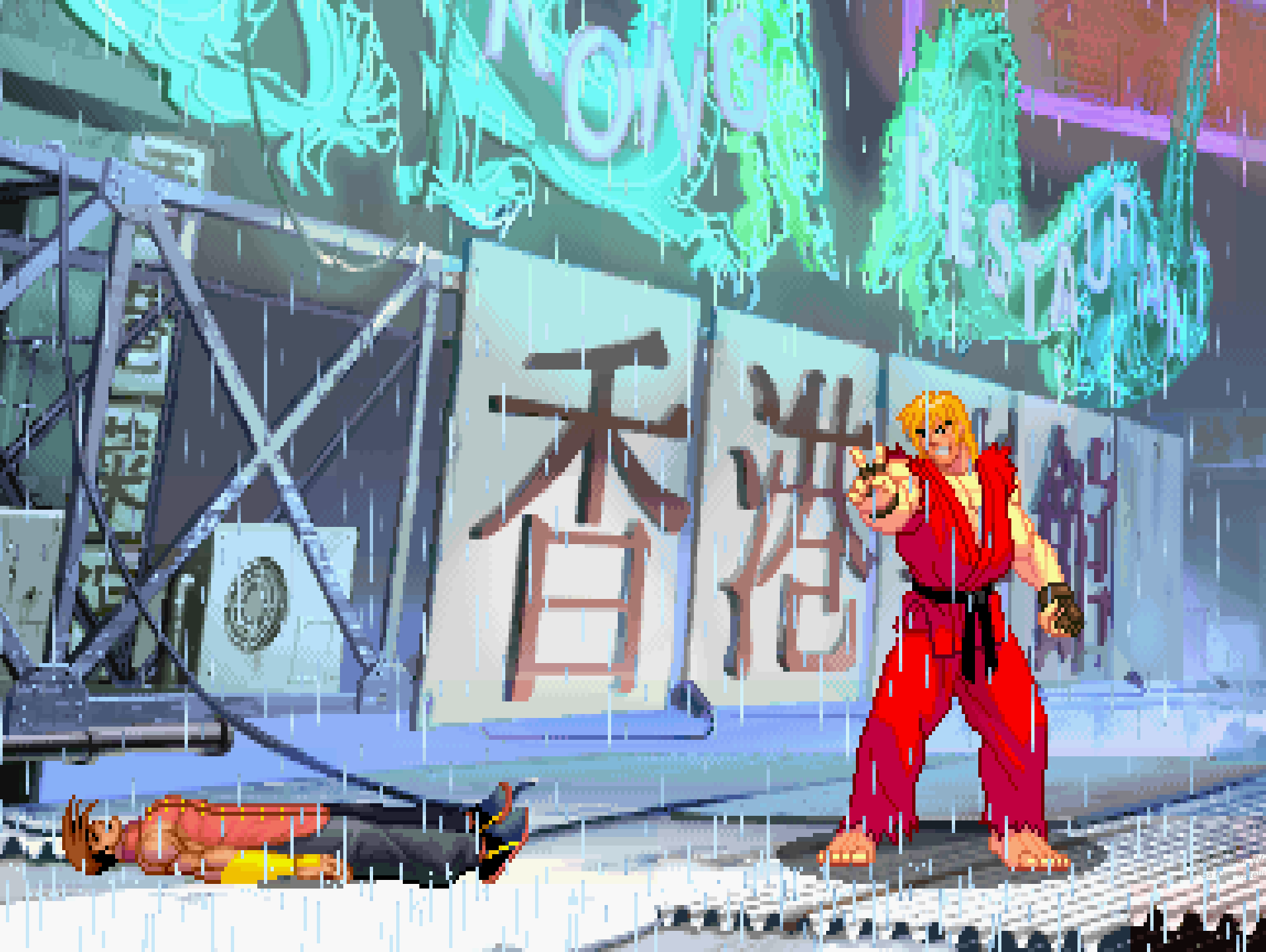
Design and Development
Street Fighter III: 3rd Strike was developed by Capcom, running on the CP System III (CPS-3) arcade hardware, the last arcade board developed by Capcom. This allowed for incredibly fluid sprite animations and detailed backgrounds, pushing 2D fighting game visuals to their limits.
The game’s director, Tomoshi Sadamoto, and producer, Noritaka Funamizu, sought to refine Street Fighter III’s mechanics, introducing new characters, balance changes, and system refinements while maintaining the parry system that set the series apart.
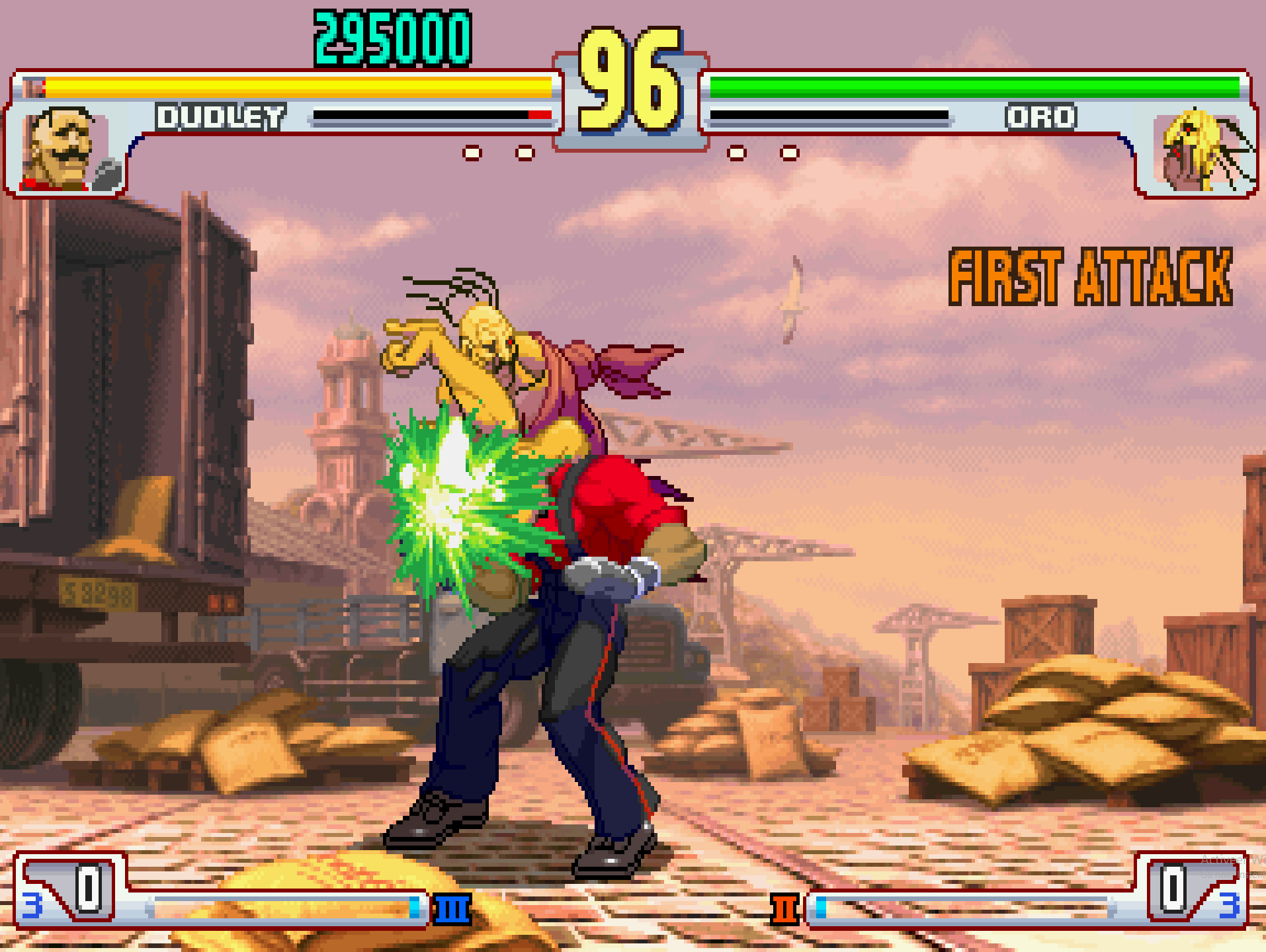
Gameplay Video
Gameplay and Mechanics
3rd Strike is revered for its technical depth and highly strategic combat, making it a staple in competitive play.
- Parry System – Unlike traditional blocking, parrying allows players to negate damage by tapping forward at the moment of impact, opening counterattack opportunities.
- EX Moves – Special moves can be enhanced using Super Meter, allowing for stronger variations of normal attacks.
- Super Arts Selection – Each character chooses one of three Super Arts, giving them a unique fighting strategy.
- Diverse Roster – The game features 20 characters, including classic returning fighters like Ryu and Ken, as well as newcomers like Makoto, Twelve, and Remy.
- Refined Combat Mechanics – The game rewards precise execution, footsies, and high-level strategy, leading to a steep learning curve but immense depth.
The parry system and technical gameplay set 3rd Strike apart, making it a favorite among skilled fighting game players.
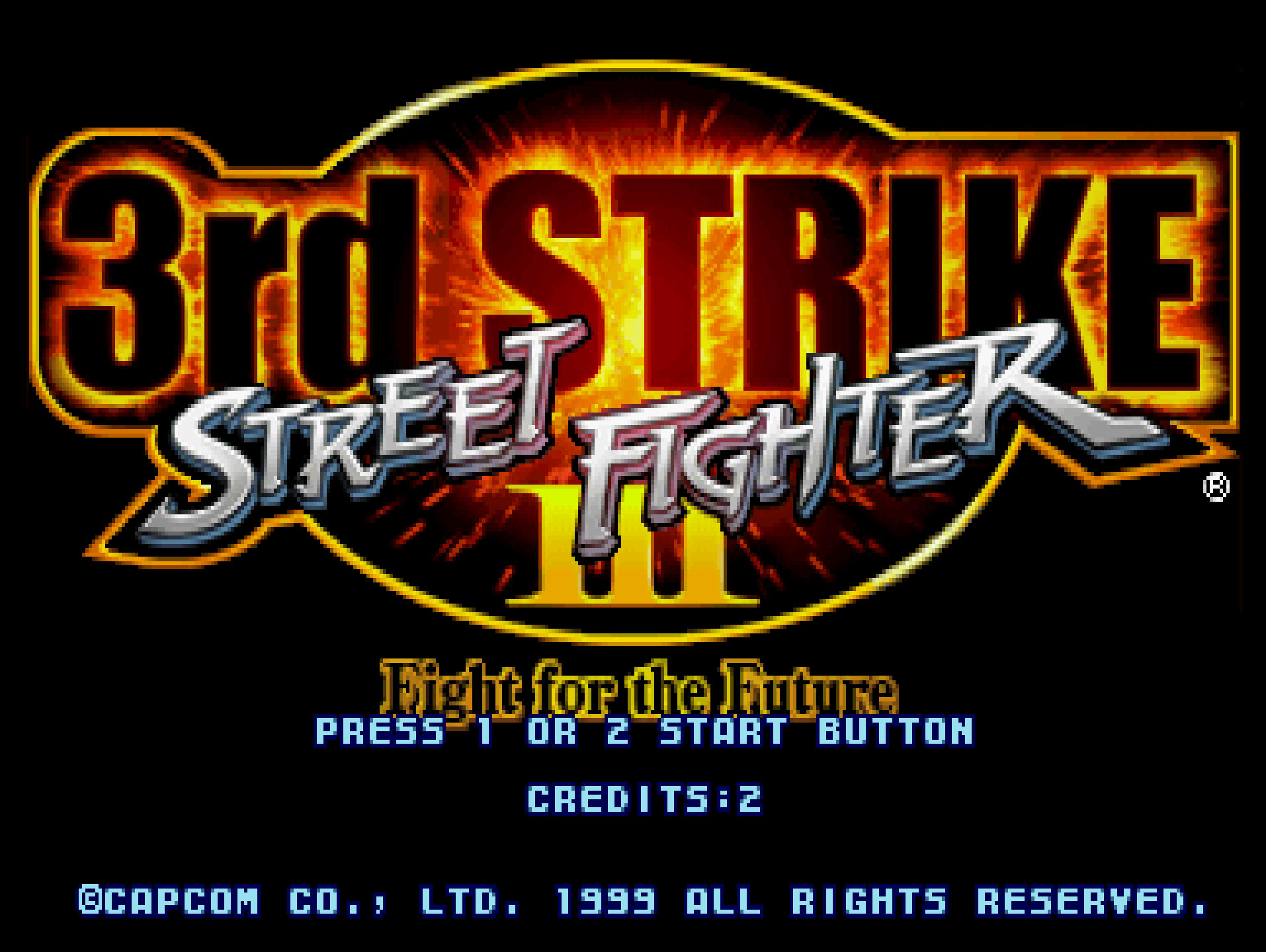
Cultural Impact and Legacy
While 3rd Strike was initially overshadowed by other fighters in arcades, it later became one of the most respected fighting games of all time.
- EVO Moment #37 – The most famous moment in fighting game history, where Daigo Umehara performed a full parry comeback against Justin Wong, showcased the parry system’s high-level potential.
- Resurgence Through Competitive Play – As competitive gaming grew, 3rd Strike gained cult status, becoming a mainstay at tournaments.
- Influence on Future Street Fighter Titles – Elements of 3rd Strike, such as meter management and high execution-based gameplay, influenced later entries like Street Fighter IV and Street Fighter V.
Today, 3rd Strike remains a legendary title in the fighting game community, with die-hard fans and ongoing tournaments keeping its competitive scene alive.
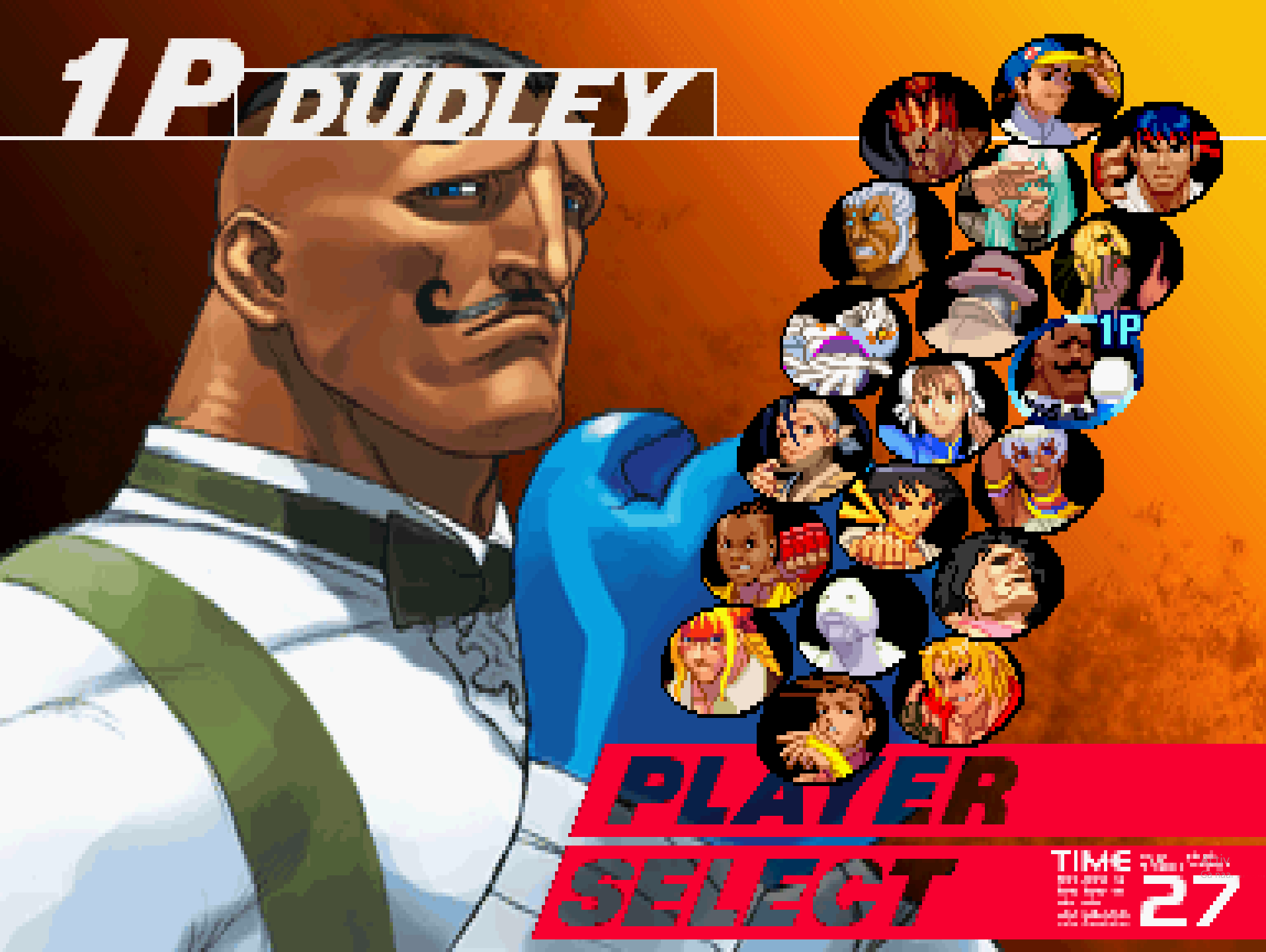
Fun Facts
- A Dudley vs. Balrog Rivalry – 3rd Strike’s Dudley is a refined British boxer who serves as a contrast to Balrog, Street Fighter’s original brute-force boxer.
- "Yare Yare Daze" Reference – The character Q’s victory pose resembles a famous phrase from the JoJo’s Bizarre Adventure series.
- Gill’s Resurrection Super – The final boss, Gill, can revive himself after being defeated, making him one of the most frustrating arcade bosses.
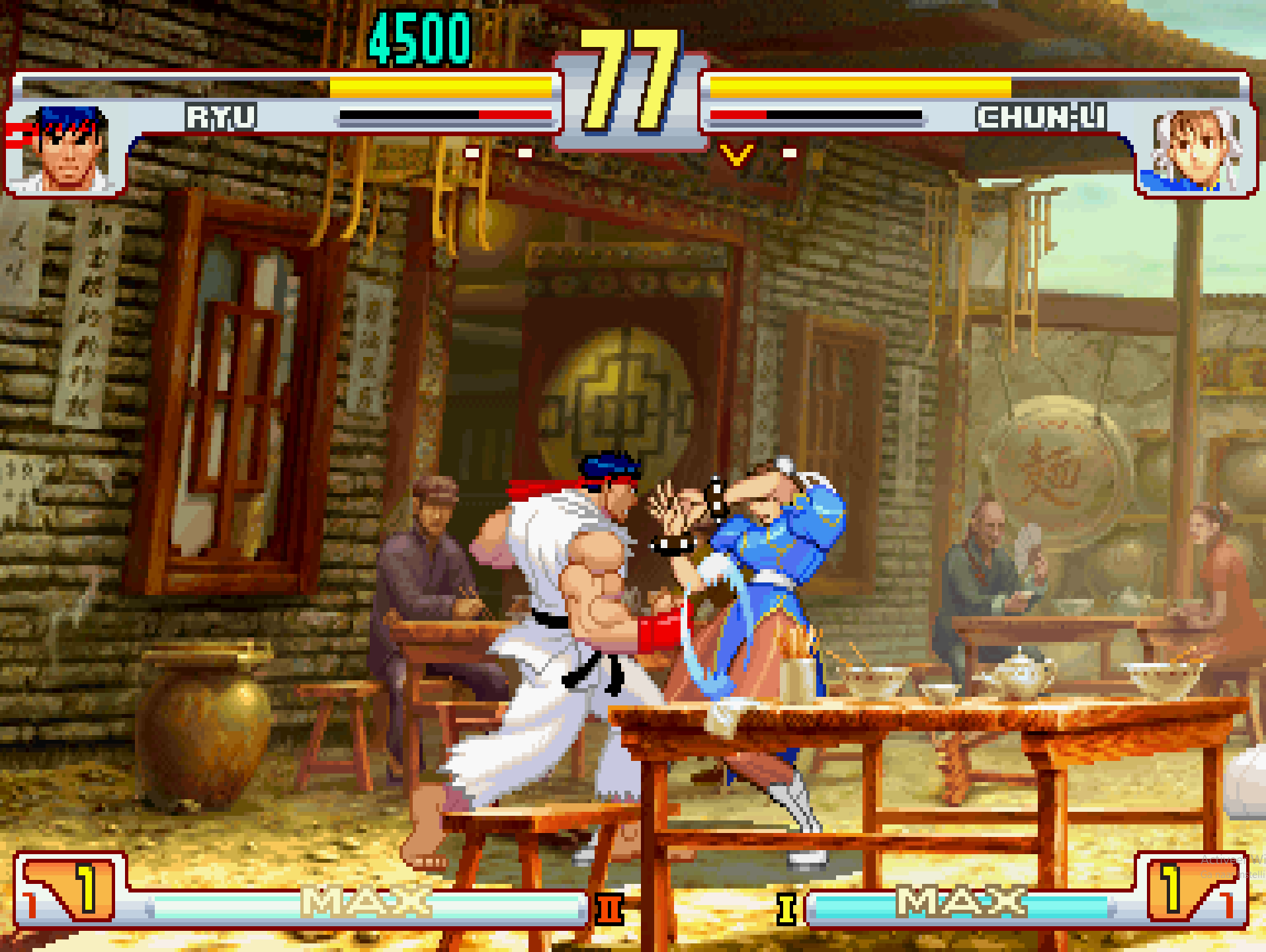
Conclusion
Street Fighter III: 3rd Strike stands as one of Capcom’s most revered fighting games, blending incredible animation, deep mechanics, and legendary competitive moments. While it took years to gain mainstream popularity, it is now considered one of the greatest 2D fighters ever made, cementing its place in arcade gaming history.
Related Pages
- Street Fighter II – The game that revolutionized the fighting game genre.
- Tekken 3 – One of the most successful 3D fighting games of all time.
- The King of Fighters ‘98 – A refined and highly competitive SNK fighting game
